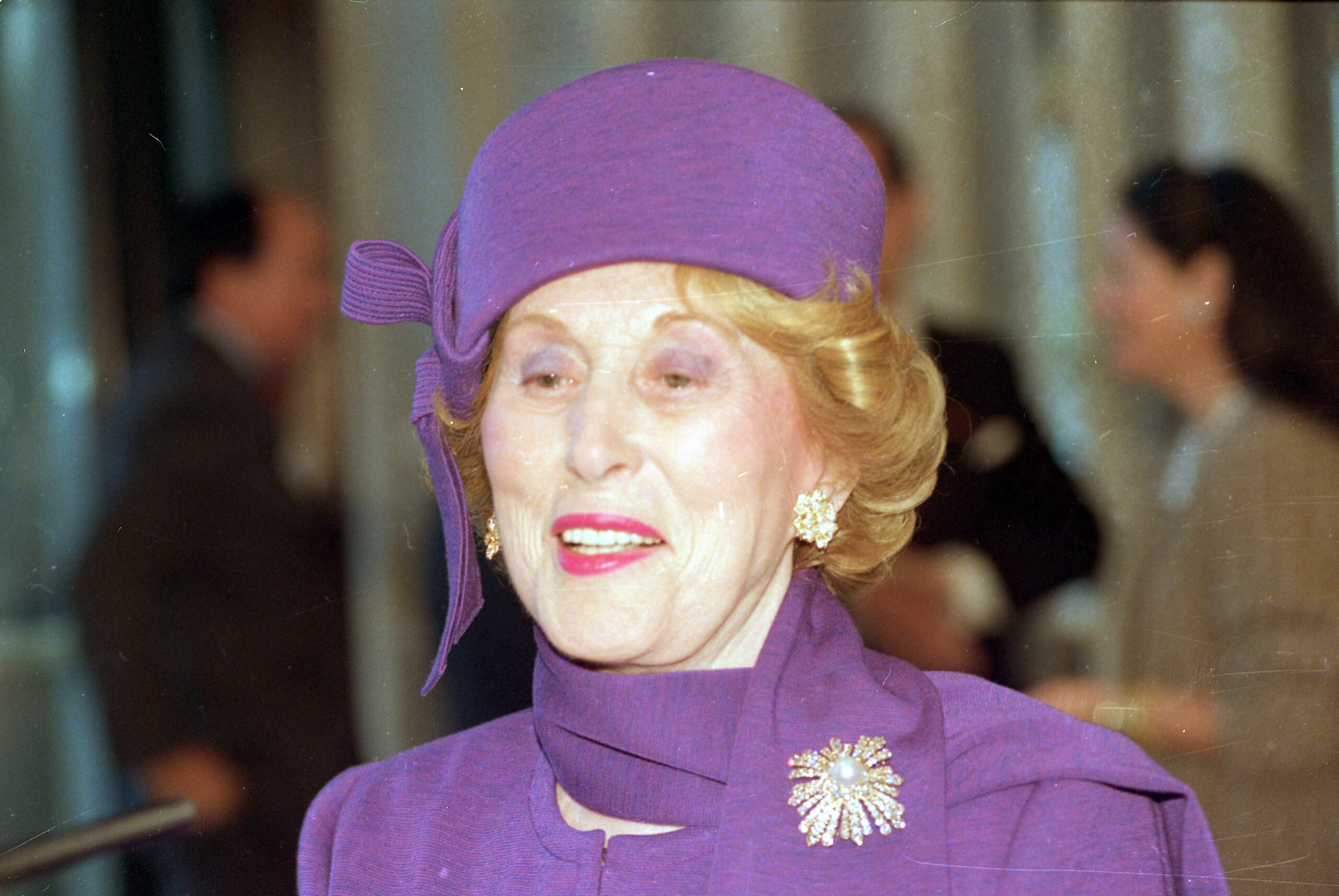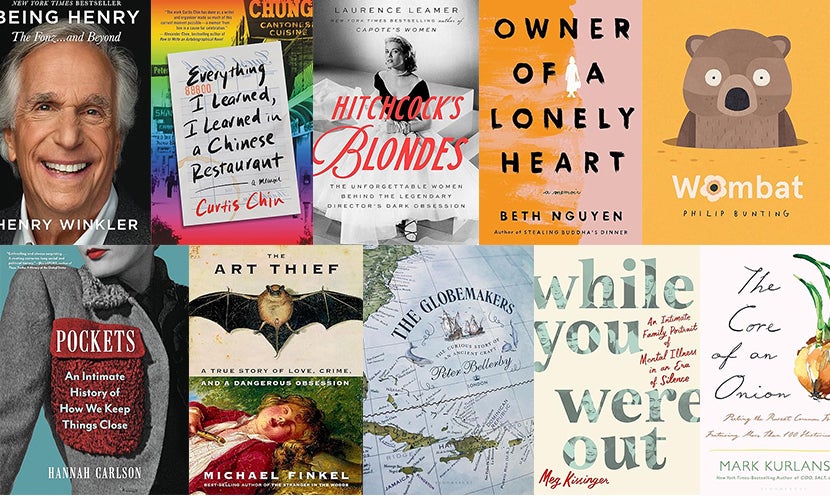Getting ahead in the business world often demands a secret sauce, a personal advantage that you might have over your competitors. For many famous business leaders, that edge may be rooted in obsessive tendencies, argues journalist Joshua Kendall.
In his book “America’s Obsessives: The Compulsive Energy That Built a Nation,” Kendall profiles seven iconic American innovators, from Heinz Ketchup founder Henry Heinz to the baseball legend Ted Williams. He tells Steve Paulson of “To The Best Of Our knowledge” that these figures had one crucial thing in common: according to Kendall, they experienced varying degrees of obsessive-compulsive personality disorder, which razor-focused their energies on professional achievement.
“You know those stories about a woman who sees her baby under a car and just all of a sudden lifts the car up? It’s as if these innovators have that kind of energy, day in and day out for decades,” Kendall said.
Stay informed on the latest news
Sign up for WPR’s email newsletter.
While some obsession disorders can help achieve business success, Kendall said, others can be debilitating.
According to the American Psychiatric Association, individuals diagnosed with obsessive-compulsive disorder (OCD) can feel relief by doing things such as cleaning, rearranging items in a certain way or other behaviors that make it difficult to move on to other tasks.
“(By contrast,) people with obsessive-compulsive personality disorder (OCPD), these are people who love rules and order and perfection, those folks can function at a very, very high level,” Kendall said.
Kendall said he thinks that by taking a closer look at the nature of obsessive tendencies and how they affected people throughout history, we can learn much about how we gauge success. In that light, he discussed several prominent innovators in his conversation with Paulson, as well as what their obsessions allowed them to do and how those obsessions might have cost them in other ways.
Estée Lauder
Claim to fame: Founder of a cosmetics empire.
Fixation: “She can’t stop touching faces. She’d do makeovers on people in elevators, in trains. I mean she cannot stop touching faces,” Kendall said.
Before her name was synonymous with makeup and beauty products, Lauder was a child in a Hungarian immigrant family, helping her mother get by after her father left. “(Her mother) meets another European Jew and she marries him, so problem solved. (But) now she’s worried that husband number two is going to leave her because he’s 10 years younger,” Kendall said.
At 3 years old, Lauder is tasked as assistant to her mother’s elaborate daily beauty ritual. “Her mother is scared that husband number two is going to leave,” Kendall said. “So she starts combing her hair, putting on makeup and just trying to be beautiful. And Estée, as a little girl age three, is helping her mother every day.”
“That’s what (Lauder) did for the rest of her life every single day. She couldn’t stop putting makeup on women, because for her, making her mother beautiful kept her family intact. And she couldn’t stop doing it,” Kendall said.
Ted Williams
Claim to fame: A baseball legend with the highest recorded batting average in Major League Baseball history.
Fixation: Perfecting his swing, everywhere, all the time.
Ted Williams fervently believed that the key to a Hall of Fame caliber batting average was simply practicing his swing all the time. Even at the bar.
“He was so obsessed with hitting a baseball that his pick-up line to women was, ‘Show me your swing,’” said Kendall. “He thought that that was a way of connecting, and he would literally carry the bat with him all over the place.”
He impressed that belief on everyone around him, including players he managed later in his career as manager of the Washington Senators. “He told his worst hitter, ‘Carry a bat with you wherever you go.’ And that hitter, Ed Brinkman, has the best year of his career, hits about 280,” Kendall said.
“He tried to steep his players in his own obsessions, and it often worked,” he continued.
Steve Jobs
Claim to fame: Co-founder of Apple Computers and key figure in the development of its most famous products: the iPod, iPhone and iPad.
Fixation: Clean, aesthetically pleasing design.
Jobs insisted every part of the products he sold, even where they were produced, were held to exacting standards of cleanliness and aesthetic perfection, Kendall said.
“My book starts with a scene when he’s building the first Macintosh computer, and the factory has to be absolutely spotless,” Kendall said. “He says it should be so spotless that you can eat off the floor.”
That fixation on technology hiding its ugly technical side carried over even into technologies Jobs encountered that had nothing to do with iPhones and iPads. As his health declined and he spent more and more time hospitalized, he had tubes in his chest.
“He literally rips them out, and he tells the doctor that he just can’t stand the design,” Kendall said. “I mean, his claim to fame is designing these amazing products and that’s just something he couldn’t stop thinking about.”




